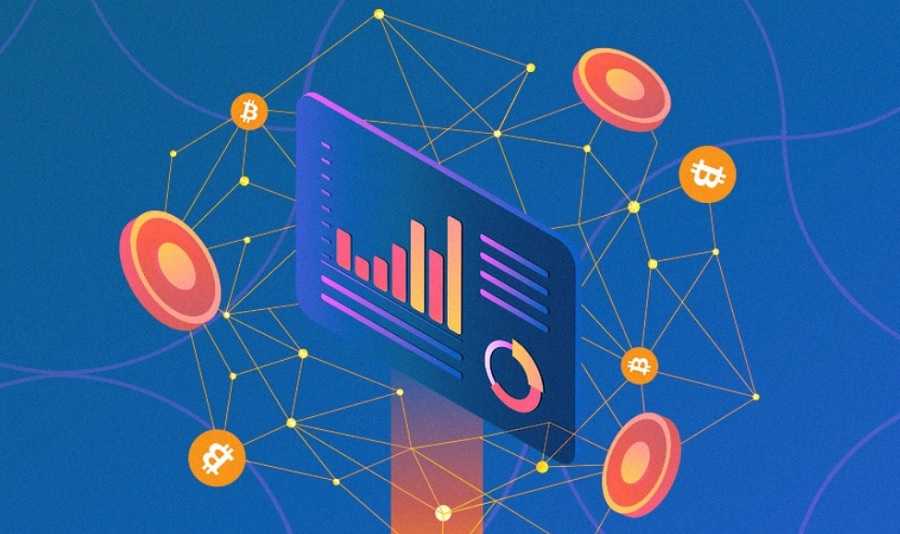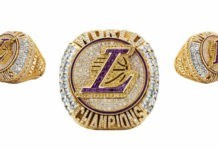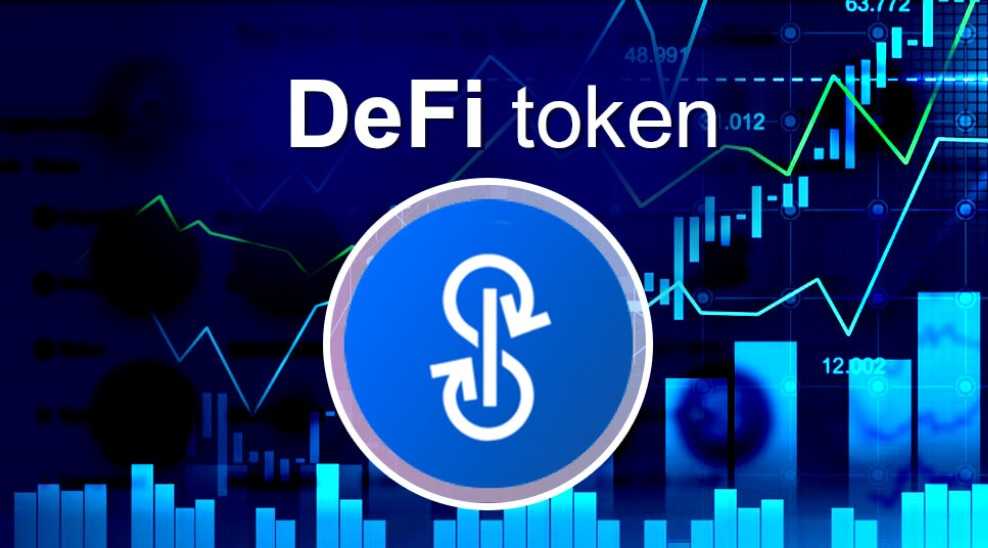DeFi stands for Decentralised Finance, or a method of using traditional financial instruments on a blockchain, namely Ethereum. This entails releasing assets, often known as tokens, in an open-source environment, using censorship-resistant modular frameworks. Many DeFi protocols have their own coins, referred to as DeFi tokens by users.
We’ll look at four prominent DeFi projects and the tokens that enable them, as well as the top DeFi tokens, in this article. DeFi Tokens are a kind of cryptocurrency.
- Ethereum (ETH) & Protocol Gas Coins
With over 200 DeFi apps for lending/borrowing, decentralized trading, and yield farming, Ethereum is the first blockchain to incorporate smart contracts – programming logic that defines automatic rules for crypto transactions. This allows increased security and transparency when trading in platforms like swyftx.com and other cryptocurrency exchanges.
The Ethereum blockchain’s native currency is ETH. ETH’s usefulness in the DeFi market is unsurpassed, despite the fact that it is technically a currency rather than a token. Each transaction on the network requires ETH to pay network fees (also known as gas costs).
Validators, who verify transactions on the network, get these fees. Do you wish to authorize a transaction for any Ethereum-based DeFi application using your digital wallet? To pay for the gas, you’ll need some ETH.
The Ethereum network’s lack of scalability — where ETH gas prices are often more than the amount end-users desire to transmit — is presently the most significant impediment to adoption.
As a result, many end-users and developers are switching to alternative blockchain networks like Cardano (ADA) and Avalanche (AVAX), which are more scalable, offer cheaper gas prices, and allow comparable DeFi applications. Despite this, institutional demand for ETH is increasing.
Read more: DeFi staking platform development
- Lending/Borrowing Protocols & Aave (AAVE)
Aave is a decentralized financial infrastructure that enables users to earn and borrow cryptocurrency. The Ethereum, Avalanche, and Polygon blockchain networks are all supported by this DeFi application. DAI, USDC, ETH, AAVE, and MATIC are among the cryptocurrencies that users may lend and borrow.
Aave Improvement Proposals allows users who own the AAVE token to vote on crucial choices that affect the protocol’s future – a process known as “governance” (AIPs). AAVE holders, for example, decide whether or not to include certain cryptocurrencies in the AAVE lending/borrowing markets.
Maker (MKR) and Compound (COMP) are two instances of comparable, widely used DeFi tokens for lending and borrowing.

3. SushiSwap (SUSHI) and DEXs
SushiSwap is a DEX that runs on the Ethereum blockchain. Users may swap ETH and a variety of ERC-20 tokens from their digital wallets on the SushiSwap market.
Market makers (also known as liquidity providers) deposit cash into liquidity pools on SushiSwap. Liquidity providers for that trading pair’s liquidity pool get incentives every time market-takers (a.k.a. traders) place orders of that trading pair (i.e. ETH/DAI).
Transactions in the platform’s liquidity pools earn the platform a commission. The platform then distributes SUSHI tokens to liquidity providers as an incentive.
The SUSHI token, like the AAVE token before it, grants users governance powers. SushiSwap, on the other hand, only has one active governance proposal as of early 2022.
- BAT (Basic Attention Token) and Digital Ad Platforms
The above-mentioned DeFi coins are largely aimed at upgrading or replacing existing banking applications. However, the new DeFi world has a lot more to offer. Basic Attention Token (BAT) is an excellent illustration of how DeFi might create a new economic paradigm for different industries.
BAT’s Brave, a privacy-focused online browser, offers a Web3 option for digital advertising. According to the webpage for the project.
According to Brave’s website, the company boasts 30 million monthly active users, 10 million daily active users, and 1 million verified artists as of February 2022. By default, Brave Browser disables website trackers and third-party cookies. Users may choose which advertising and cookies they wish to ban.
Users who agree to receive adverts from the network’s partners are rewarded with BAT tokens. On their social media networks, content providers may also allow tips. On the Brave browser, users may contribute BAT tokens to their digital wallet by visiting a content creator’s YouTube channel or Twitter account.
To find out what users have to say about this browser, read the Brave browser reviews.








